The belts are used to transmit the power between the two shafts by means of friction. The belt drive is used in automobiles, machine tools, conveyors and in electric motors.
Components of Belt drive mechanism:
The belt drive mechanism consists of following three components:
- driving pulley, and
- driven pulley.
- Connector by an endless belt.

ADVANTAGES OF BELT DRIVES
- The operation of belt drive is very smooth,easy and also silent.
- The belt drive has the ability to absorb shocks and damping vibration.
- The belt drives are low cost and are very easy in design.
DISADVANTAGES OF BELT DIVES
- The belt drive occupies more space which is one of the major disadvantages.
- In the belt drive mechanism slipping occurs. Thus, the velocity ratio is not constant due to the slip.
- The belt drive has comparatively short lifestyle span
- In the belt drive due to friction, there is considerable amount of loss in the power and therefore it losses, its efficiency also.
TYPES OF BELT DRIVES
The following are the types of belt drive with huge industrial applications.
- Flat belt drive
- V-Belt drive
- Round Belt Drive
- Timing Belt drive.
- Multi groove belt drive
- Ribbed belt drive
- Toothed belt.
- Each type of belt drive has its specific applications and benefits, depending on the requirements of the power transmission system.
Flat Belt Drive: Uses flat belts running over flat pulleys. They are simple and inexpensive but can slip at high loads.
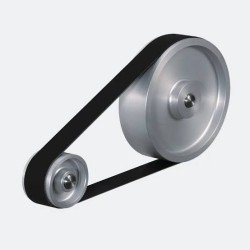
V-Belt Drive: Uses V-shaped belts that run in grooves on the pulleys. They provide better grip and are commonly used in industrial applications.
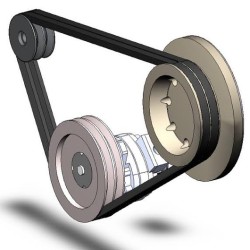
Round Belt Drive: Uses round belts and are typically used in applications with light loads and where flexibility is needed.
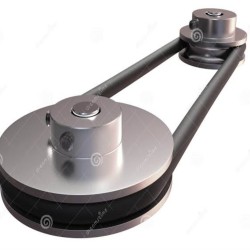
Timing Belt Drive: Uses toothed belts that mesh with grooves on the pulleys, providing precise movement without slippage. Often used in synchronous applications like automotive engines.
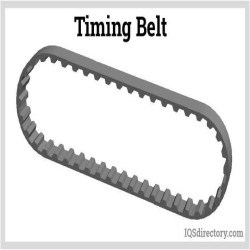
Multi-Groove Belt Drive: Uses belts with multiple grooves that run in corresponding grooves on the pulleys, offering a combination of good grip and flexibility.
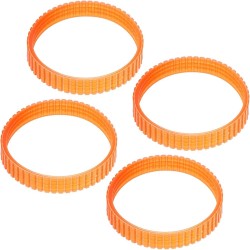
Ribbed Belt Drive: Uses belts with ribs running longitudinally. These are flexible and can transmit power efficiently in compact spaces.
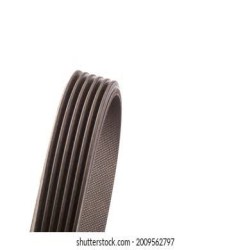
These are the types of mechanical belt drives used in industrial applications.
